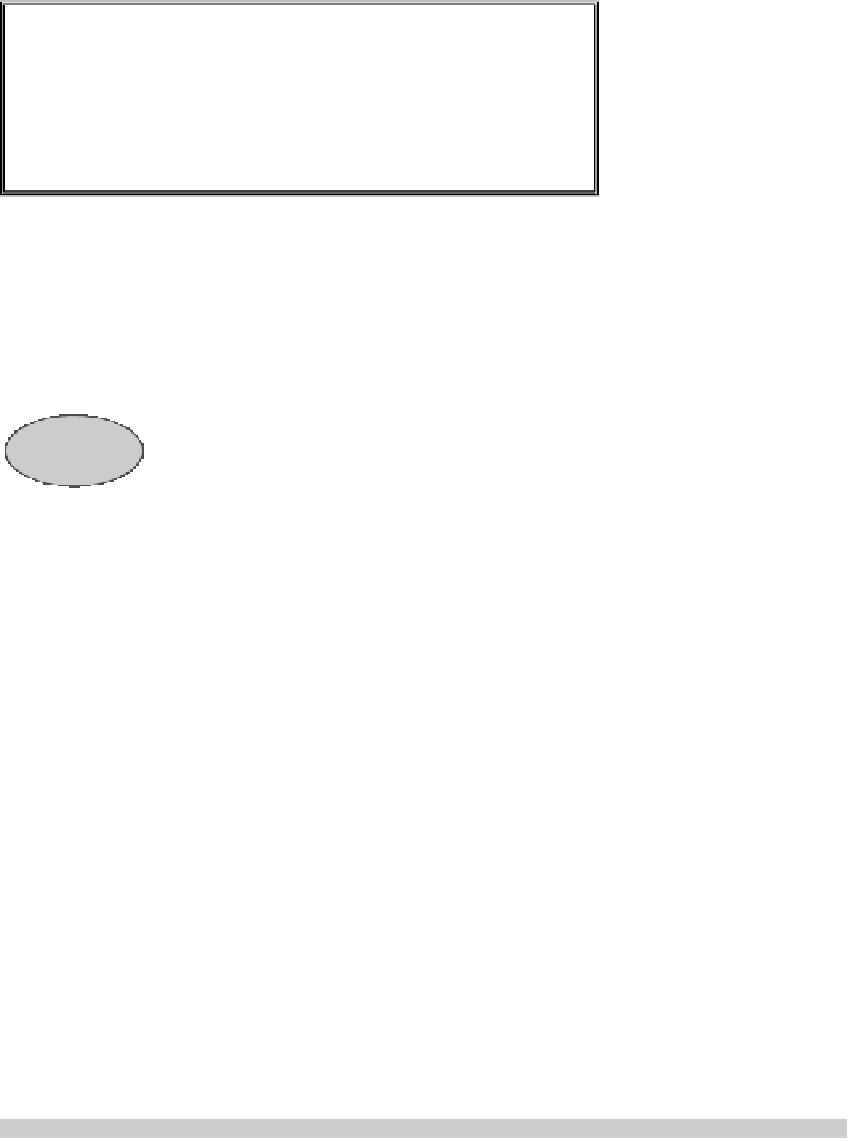Java Reference
In-Depth Information
Java syntax: throw-statement
throw
throwable-object
;
Example
:
throw new
NumberFormatException();
Purpose
: Terminate normal execution and “throw” the
throwable-
object
, which must be an instance of class Throwable. Unless the
thrown object is caught, execution terminates with a message.
In the first case, you have to find out why your program used too much
memory. In the other two cases, which should rarely occur, it is difficult to say
what to do. Something caused things to become really messed up. Perhaps
recompiling all files may help.
Message printed for thrown
Error
s and
Exception
s are similar.
10.2
The throw-statement
Many exceptions and errors are thrown by the Java system itself. But you can
write your own statements to “throw an exception”. For example, consider this
little program:
Activity
10-4.1
public class
Ex {
public static void
main(String[] args) {
throw new
ArithmeticException("/ by zero");
}
}
public class
Throwable
implements
... {
private transient
Object backtrace;
private
String detailMessage;
/**
Constructor: an instance with no detail message */
public
Throwable() { ... }
/**
Constructor: an instance with detail message
m */
public
Throwable(String m) { ... }
/** =
the detail message (
null
if none) */
public
String getMessage() { ... }
/** =
localized message. If not overridden, same as
getMessage() */
public
String getLocalizedMessage() { ... }
/** =
short description of this instance
*/
public
String toString() { ... }
}
Figure 10.2:
Class
Throwable
(not all methods are shown)


Search WWH ::

Custom Search